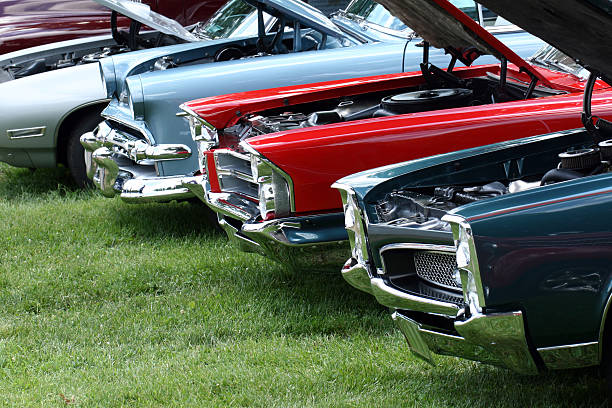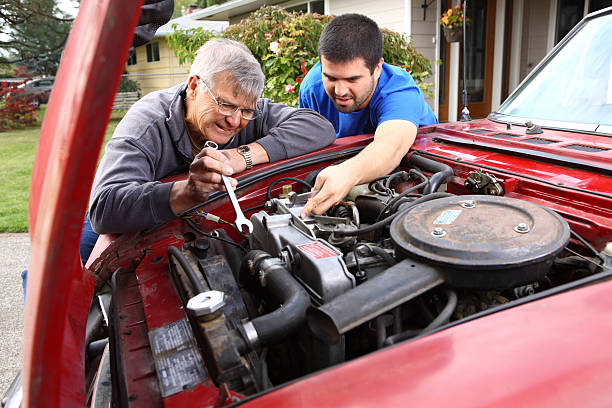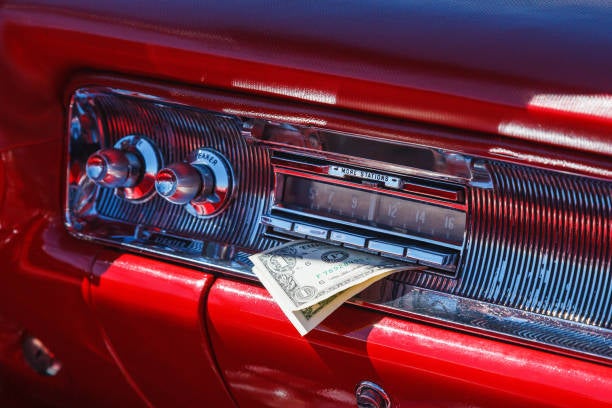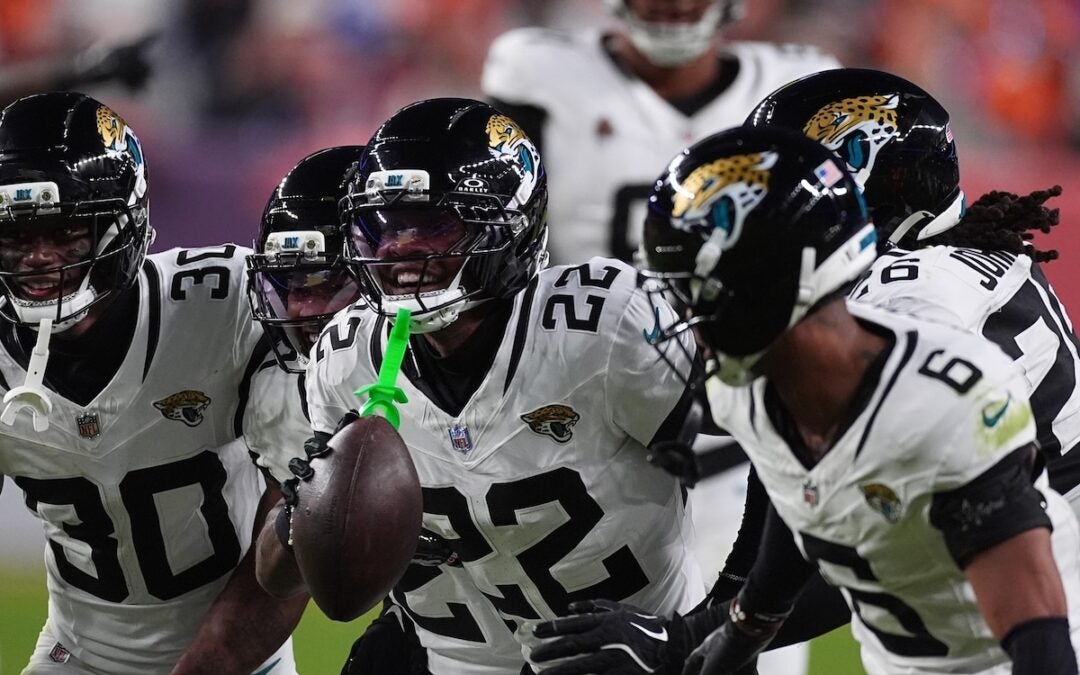Nostalgic items we collect may be worth their weight in gold sentimentally, but that does not translate into cold hard cash at an antique auction.
Recently, I have been going through decluttering my house and, upon looking through some old boxes, I found a shoebox that took my mind’s eye directly back to the early 1990s. Inside the box was my childhood baseball card collection.
As I sifted through the cards, I started searching for one of my forgotten prized possessions. As a Braves fan, my favorite player was Dave Justice. For weeks on end, I had saved my money to buy his rookie card, which I distinctly remember cost one dollar. At the bottom of the box, I found it, still encased in its protective holder.
The nostalgia of the early 90’s Braves washed over me like a tomahawk chop.
After a few moments of reliving a moment in 1991, I decided to look up the value of the card on eBay. The general price of the card was about $2.50! It appears that the 11-year-old me was not a shrewd investor at all and I had long ago used up the bubblegum!
After that disappointment, I put the shoebox away and started to think about all the other lousy investments I have made over the years. My mind immediately jumped to all the classic cars I have owned, including the one I have now.
In my driveway sits my 1992 BMW e30 Touring, one of the rarest BMWs I have ever come across. It is in immaculate shape outside of being dusty. With the battery tender hooked up to it like an IV drip, it only gets driven on special occasions, that is, maybe once a month.
I have always promised myself that I would never be the guy that lets a car rot in the driveway, and I have been thinking of selling it. I could possibly double what I paid for the car, even including the restoration costs. This got me into thinking about cars as an investment tool.

The price of classic cars has skyrocketed over the past few decades. With boomers heading into retirement, they have cashed out and can afford their teenage dream cars. Auction companies such as Mecum have televised car auctions and made six figure prices on these cars mainstream. This double-edged sword has also made the price of admission into the classic car world prohibitive for the younger generations with lesser means.
According to classic car insurance company Hagerty, 43 million of the 275 million registered cars in the United States can be considered classic cars. These cars have a combined insurable value of over one trillion dollars! While deals are still to be had if you know where to look and have the time, most of the market is uncomfortably up.
Investing in a classic car is inherently risky. The projections of value are never black and white as trends on what people will pay for them change with popular culture. With older boomers aging out of driving, their cars will be sold or passed down, flooding the market with high dollar cars that no one wants to buy.
On top of fluctuating values, you also must take care of a physical object with tons of moving parts. If it moves, things wear out, if it sits idle, things tend to dry rot. Storage, insurance, maintenance and repair are all costs that will chip way at the profits you realize when you finally sell.
Conversely, there is also something to be said about the quote “you can’t drive a 401k to car meets.”

Many people may be shocked to see what classic cars go for on the open market. The lowly VW Microbus which could be had for a couple of thousand dollars a few decades ago now routinely sell for over $100,000 at auction. Basic no-frills Mustangs and Camaros of the 1960s now start at $30,000 if the restoration was even mediocre quality, and the value will not rise like something rarer.
If you decide to invest in a classic car, research is key to making sure you don’t end up with a money hole in the driveway. Jay Leno suggests you join a social media club for collectors of the car you are considering and it is certainly helpful to research what problems the brand and model suffered from back in the day, so you may be aware of systems or parts that routinely experience a bad day.
Finding the right car at the right price in an accelerating market is tough guesswork, but not impossible. Also, finding a network of craftsmen on standby to keep the car in top shape is the best step you can make to keeping your investment growing.
For most enthusiasts, finding a nice classic you will enjoy, drive and can afford will be the best bet instead of treating it as a nest egg to eventually pad your retirement. Worrying about projections and returns may take the fun out of your Sunday drive. There are much better and less stressful investments out there that do not require constant maintenance.
As for me, I will see you on the road!











